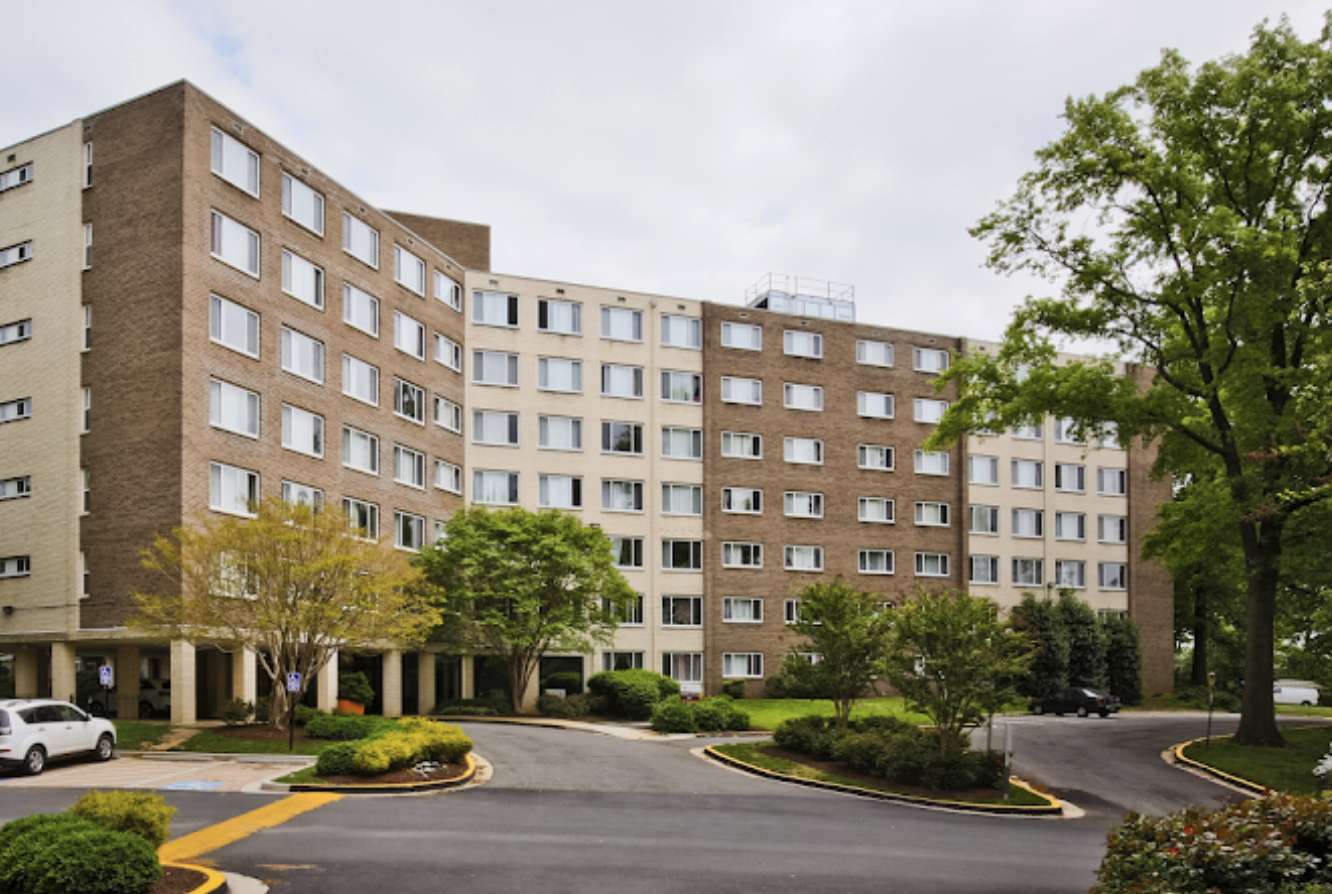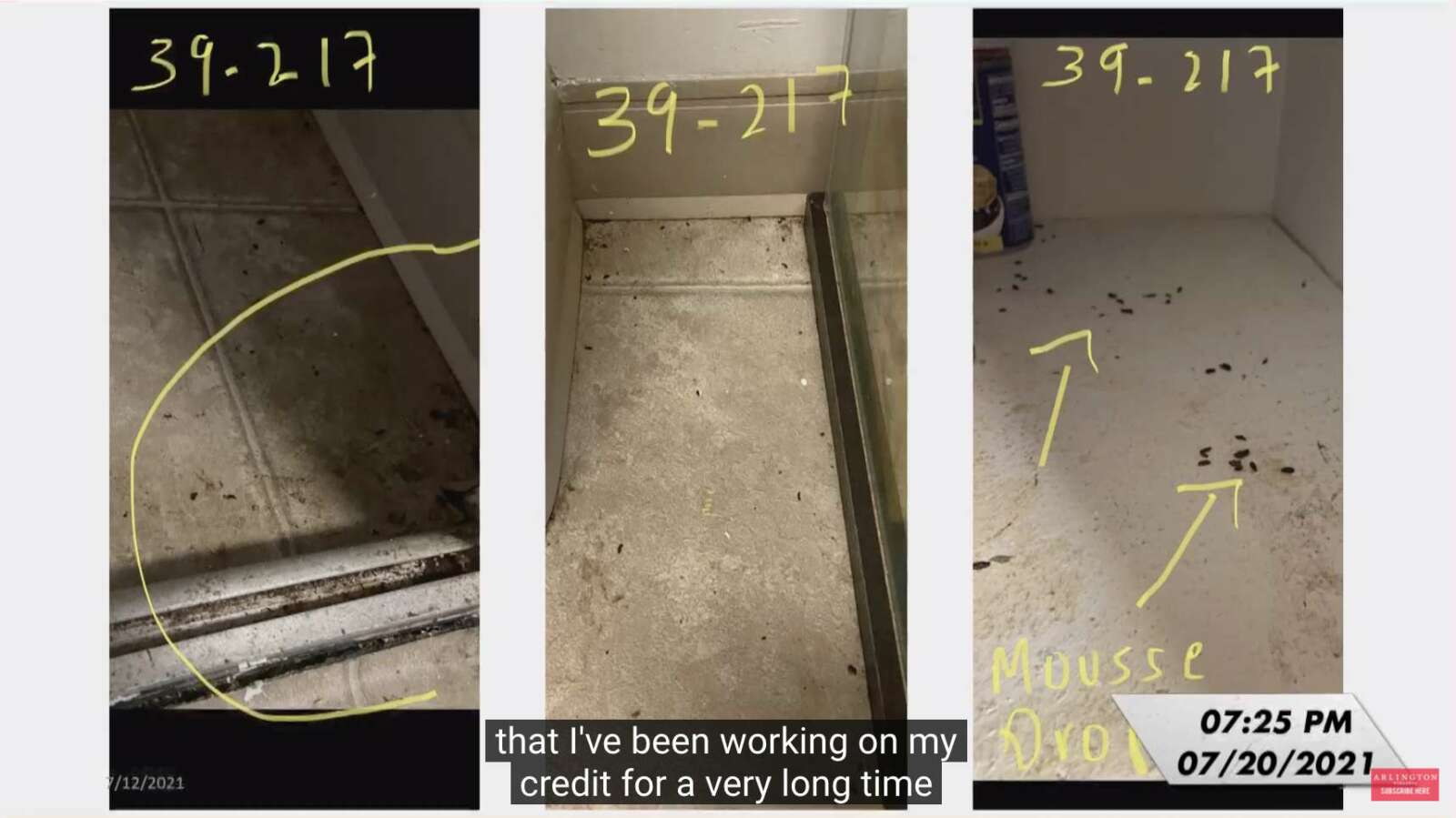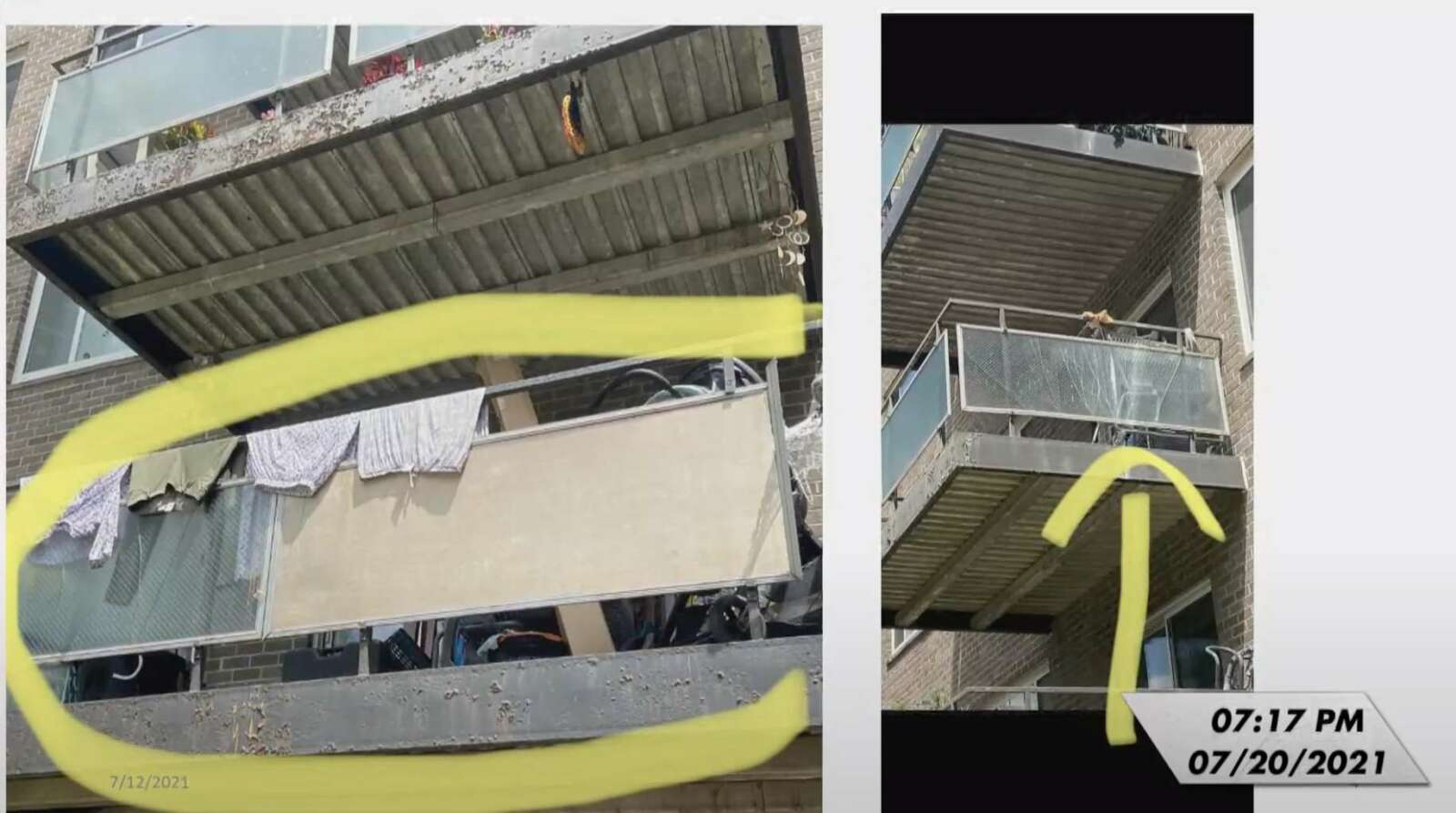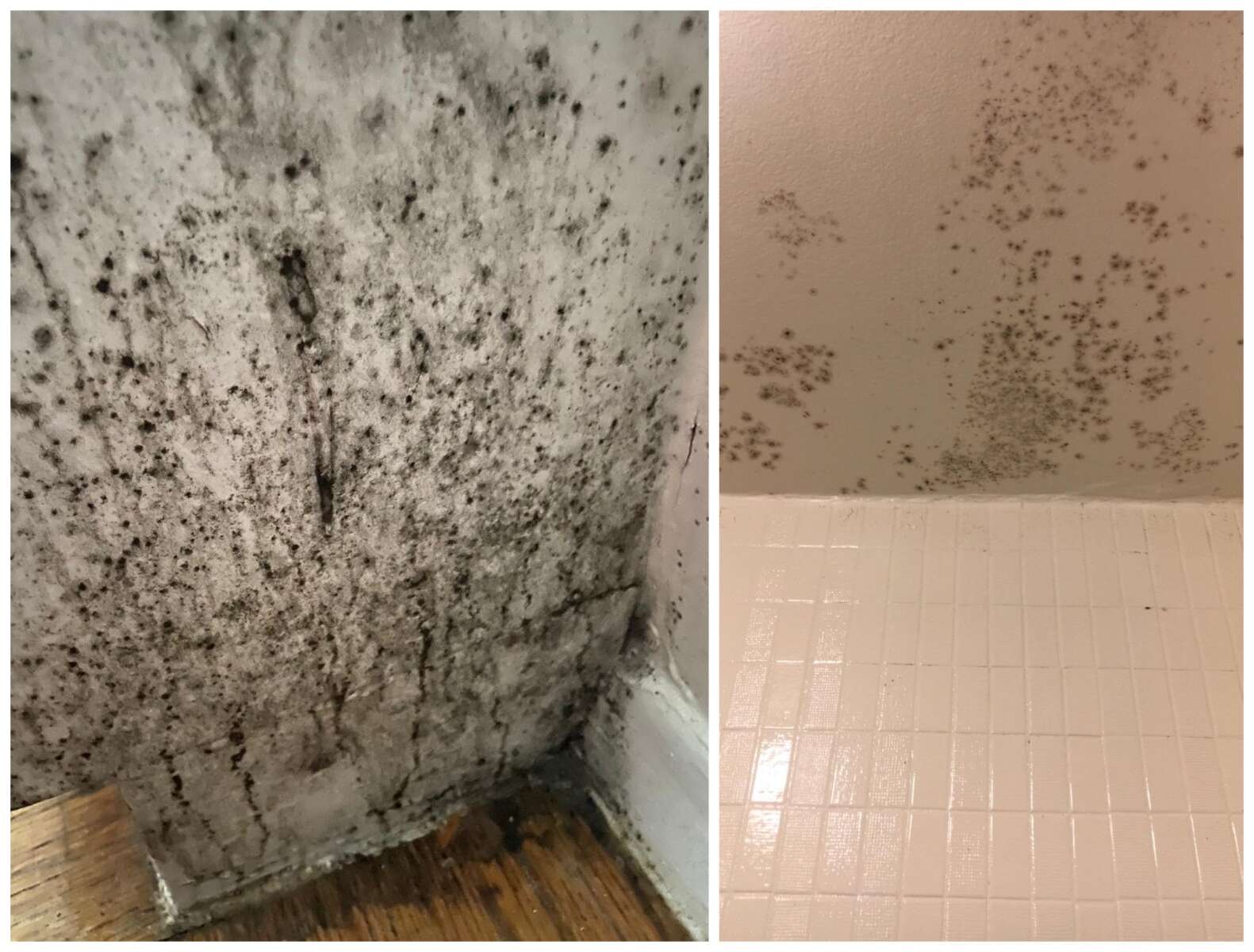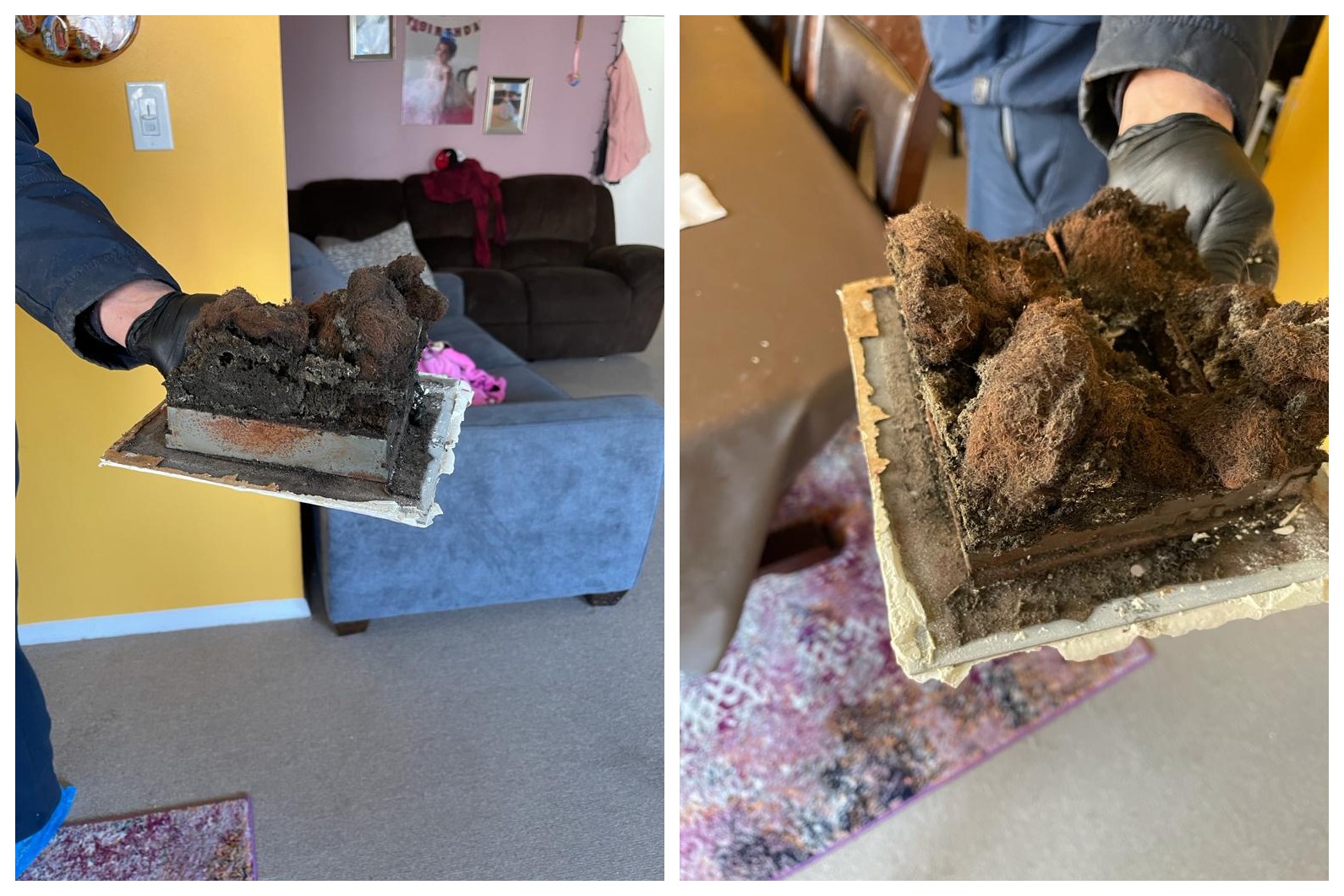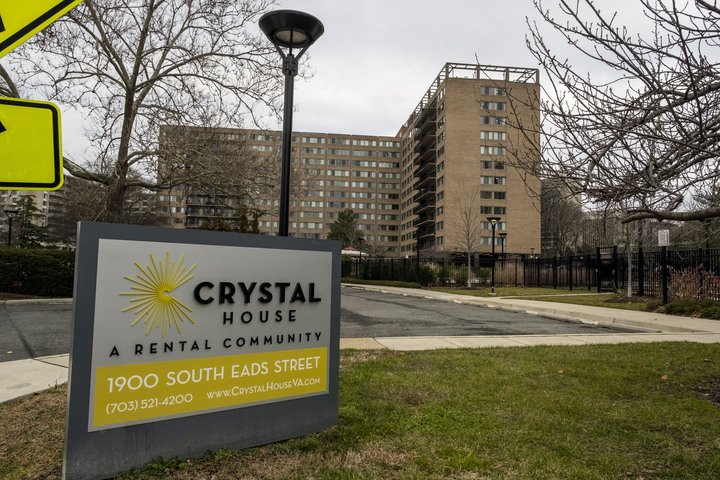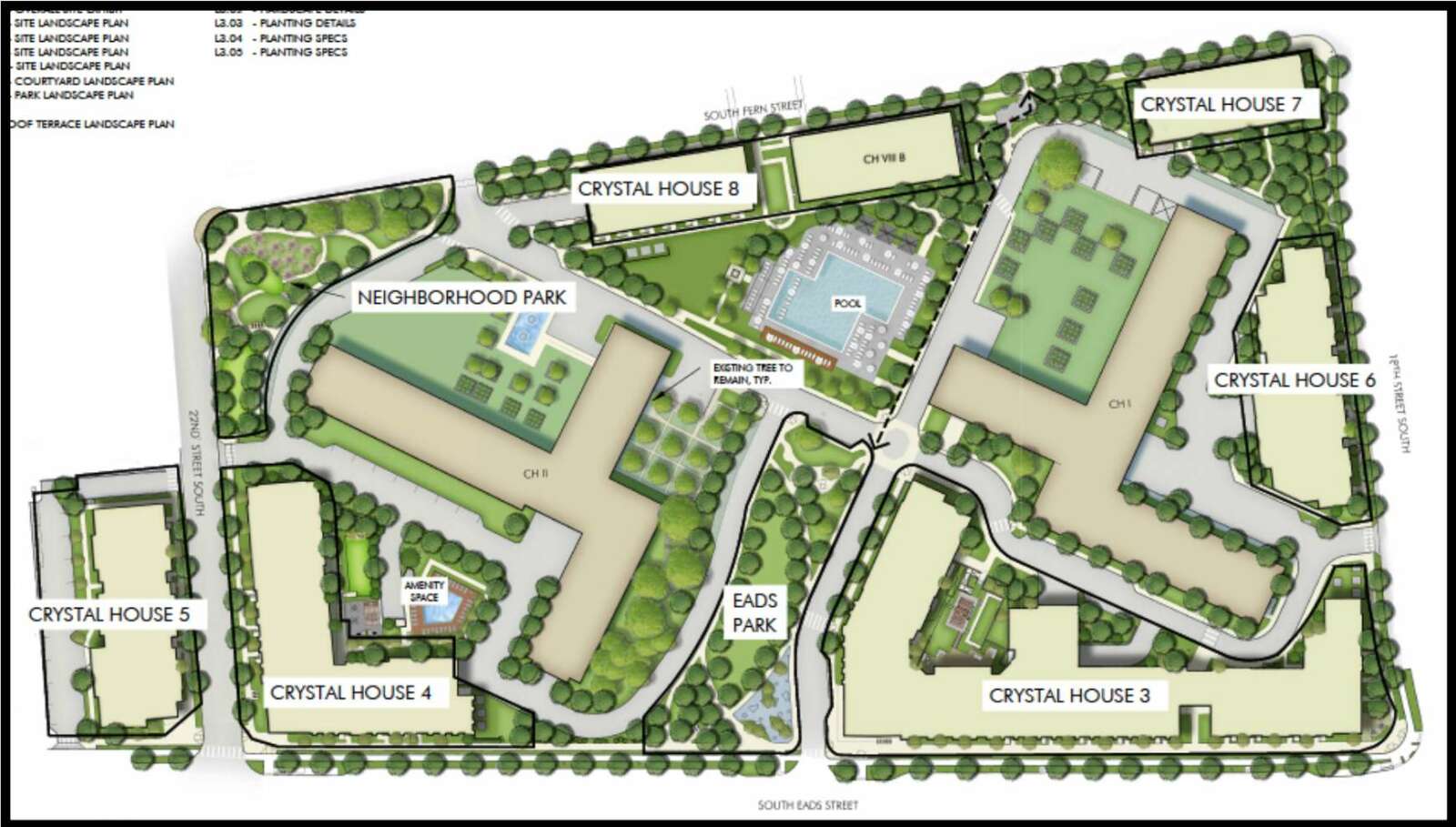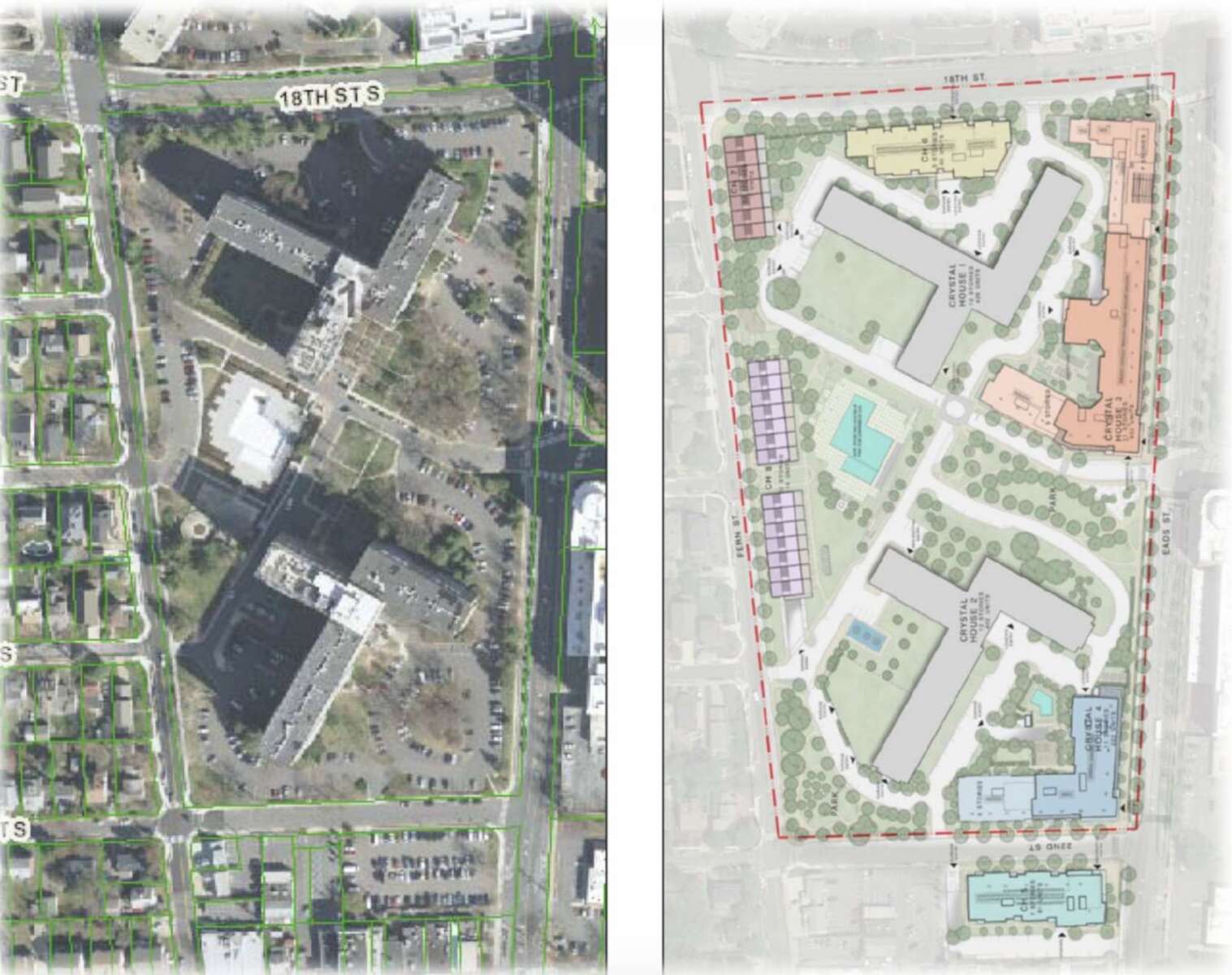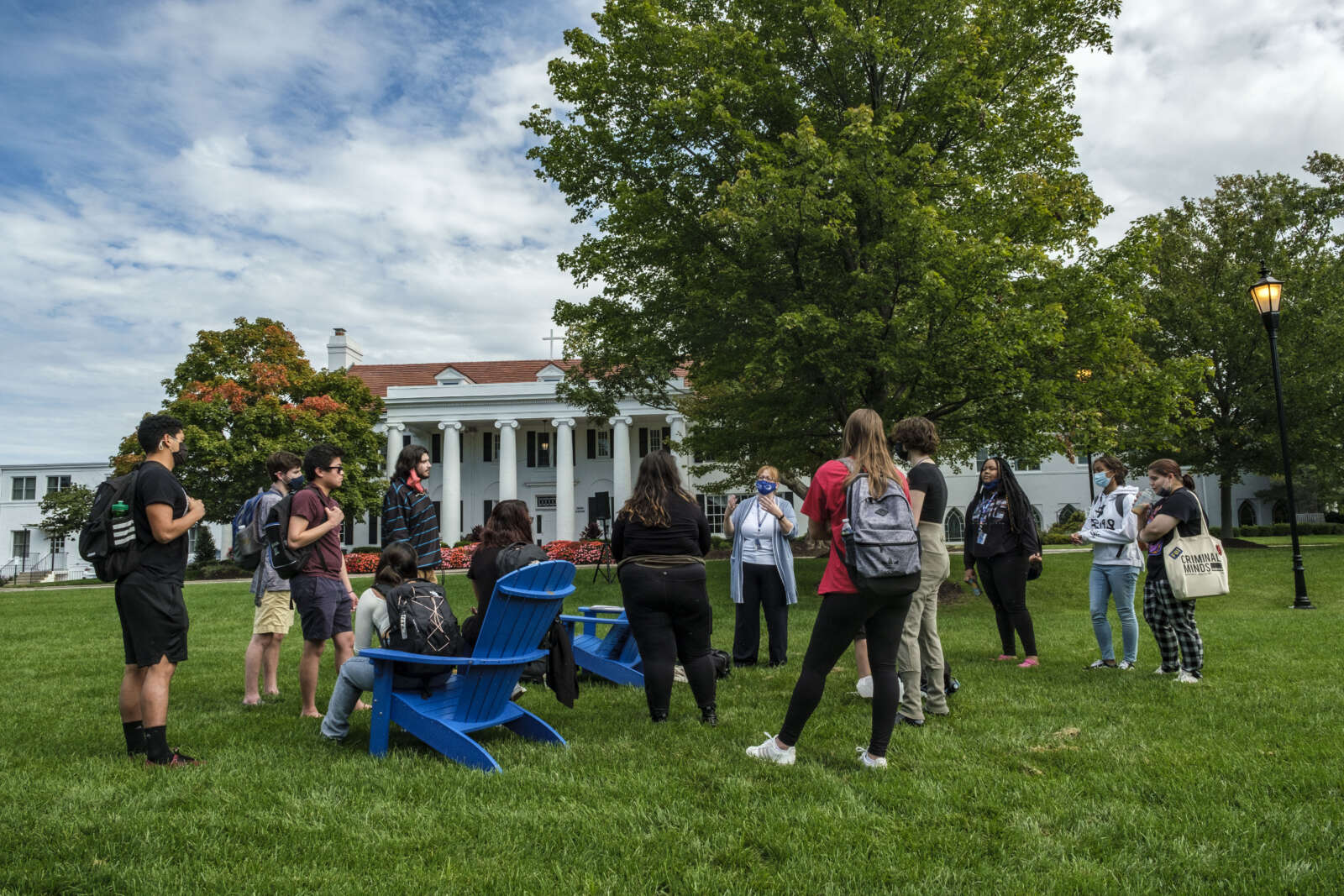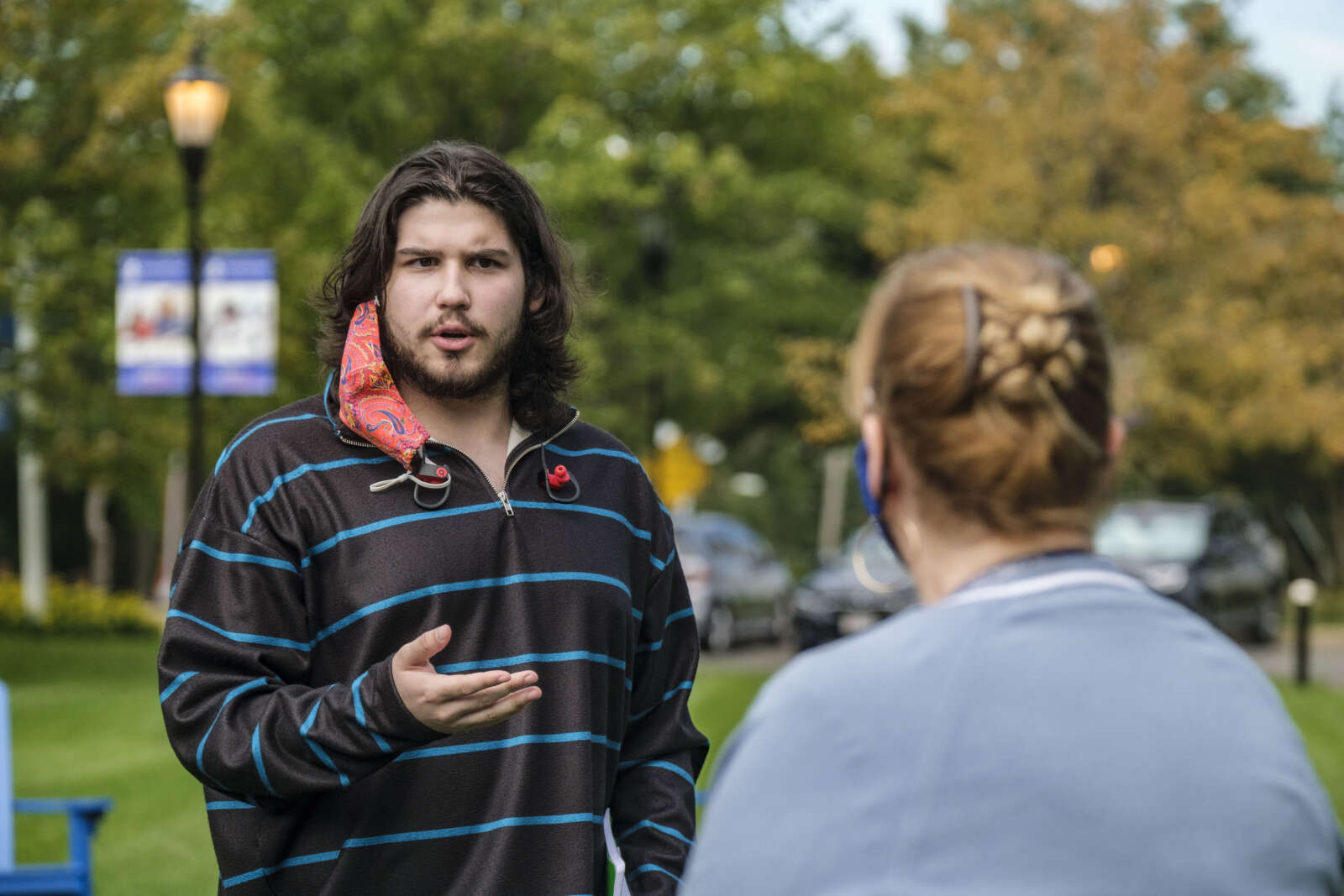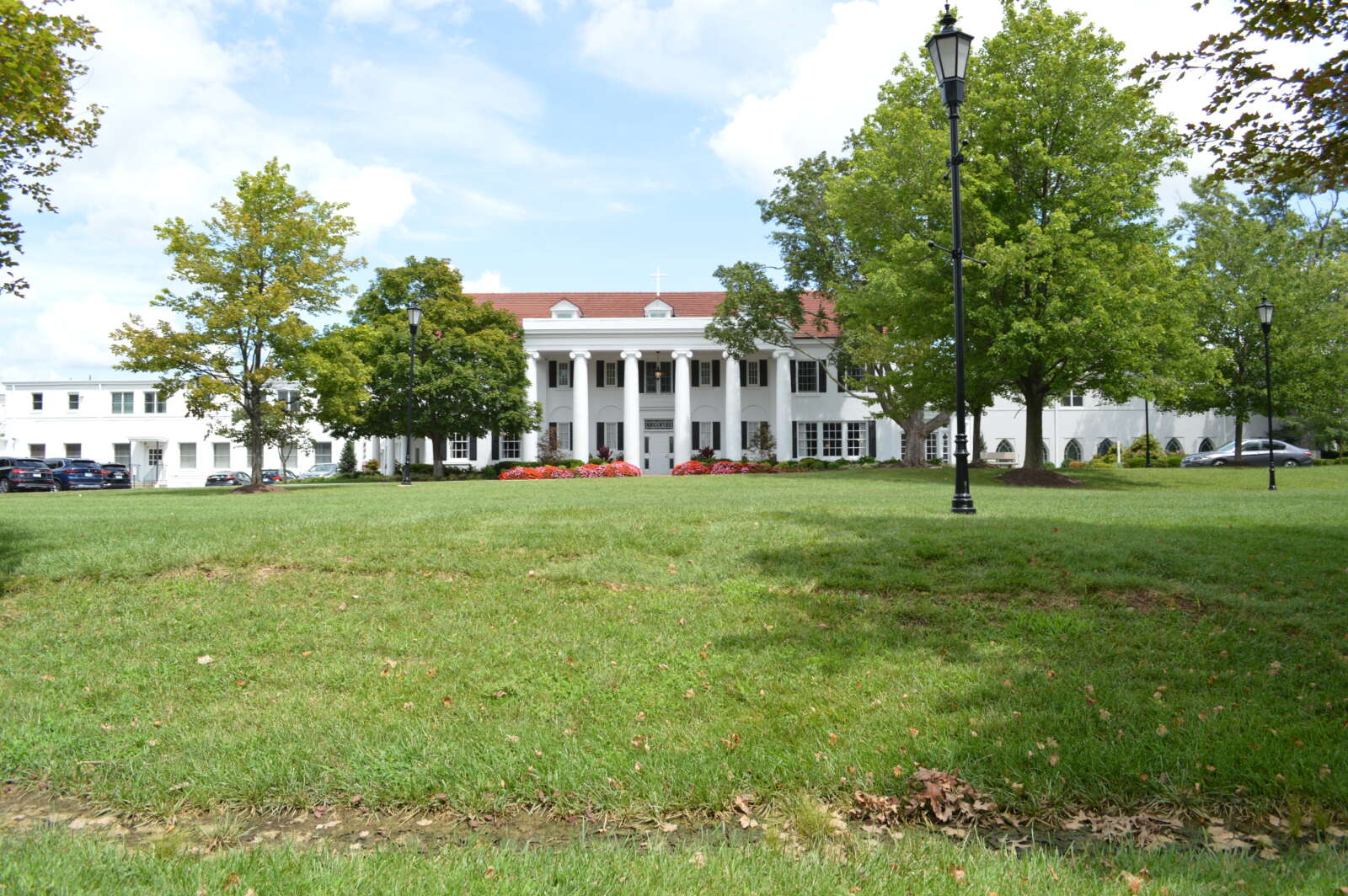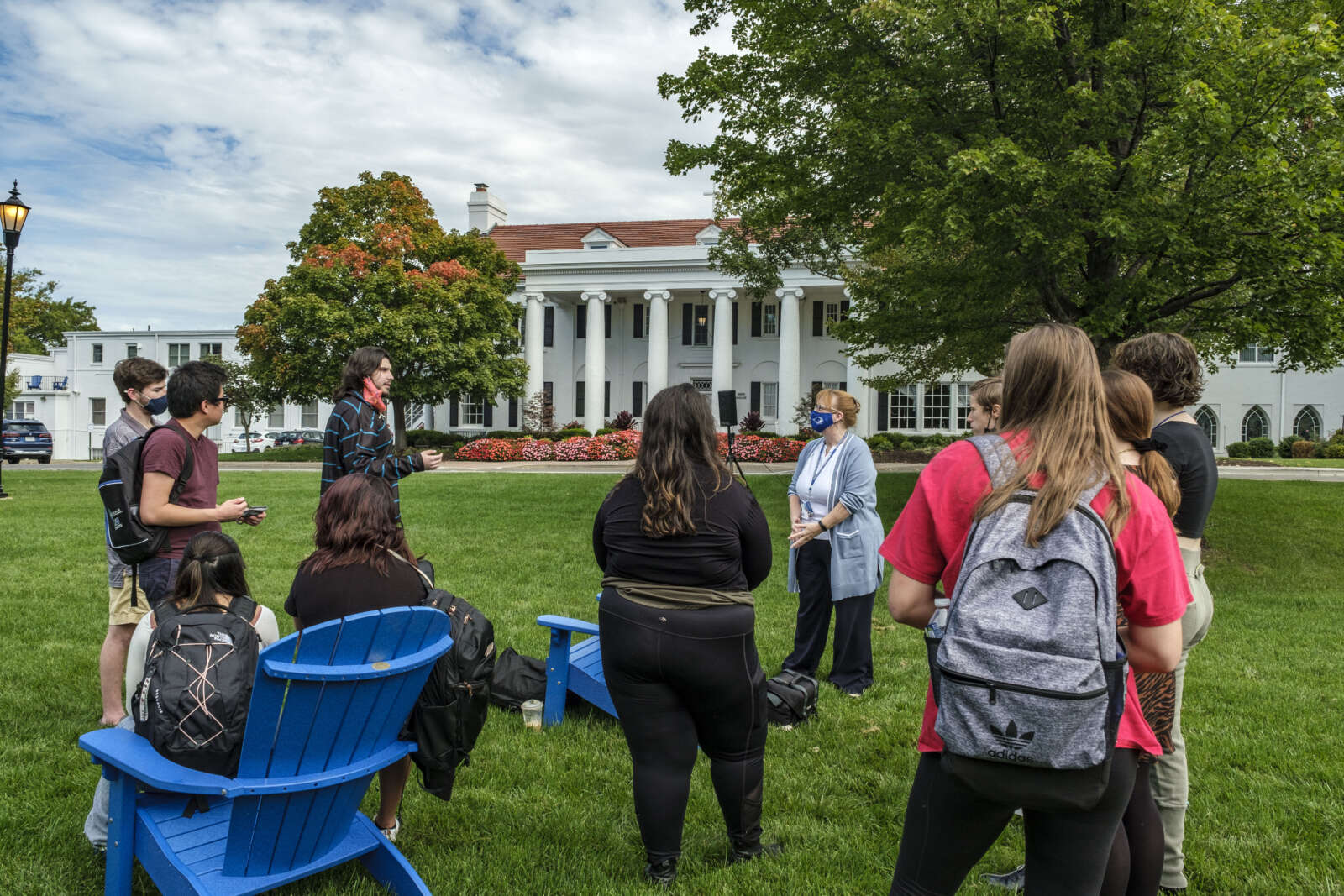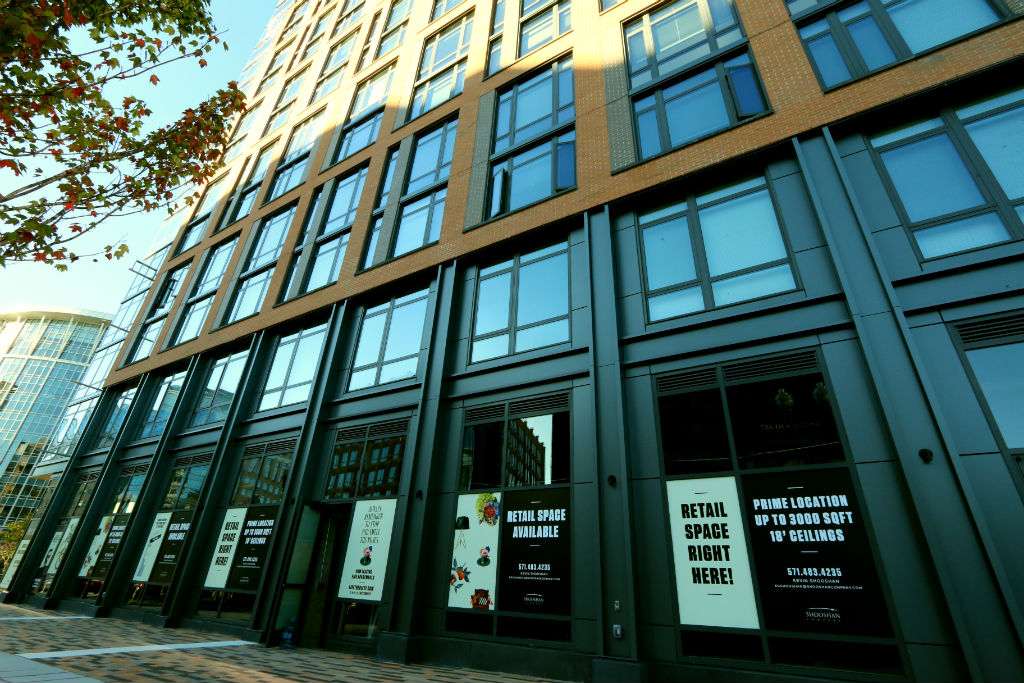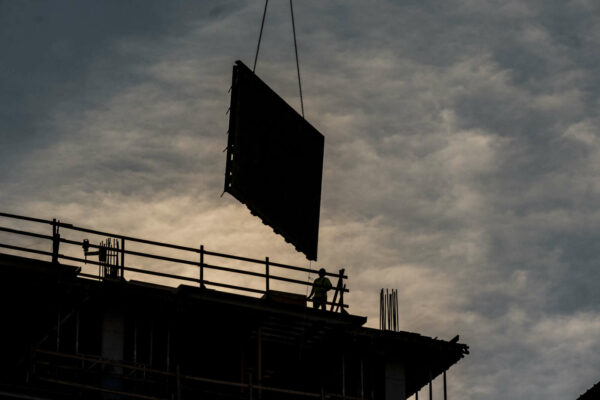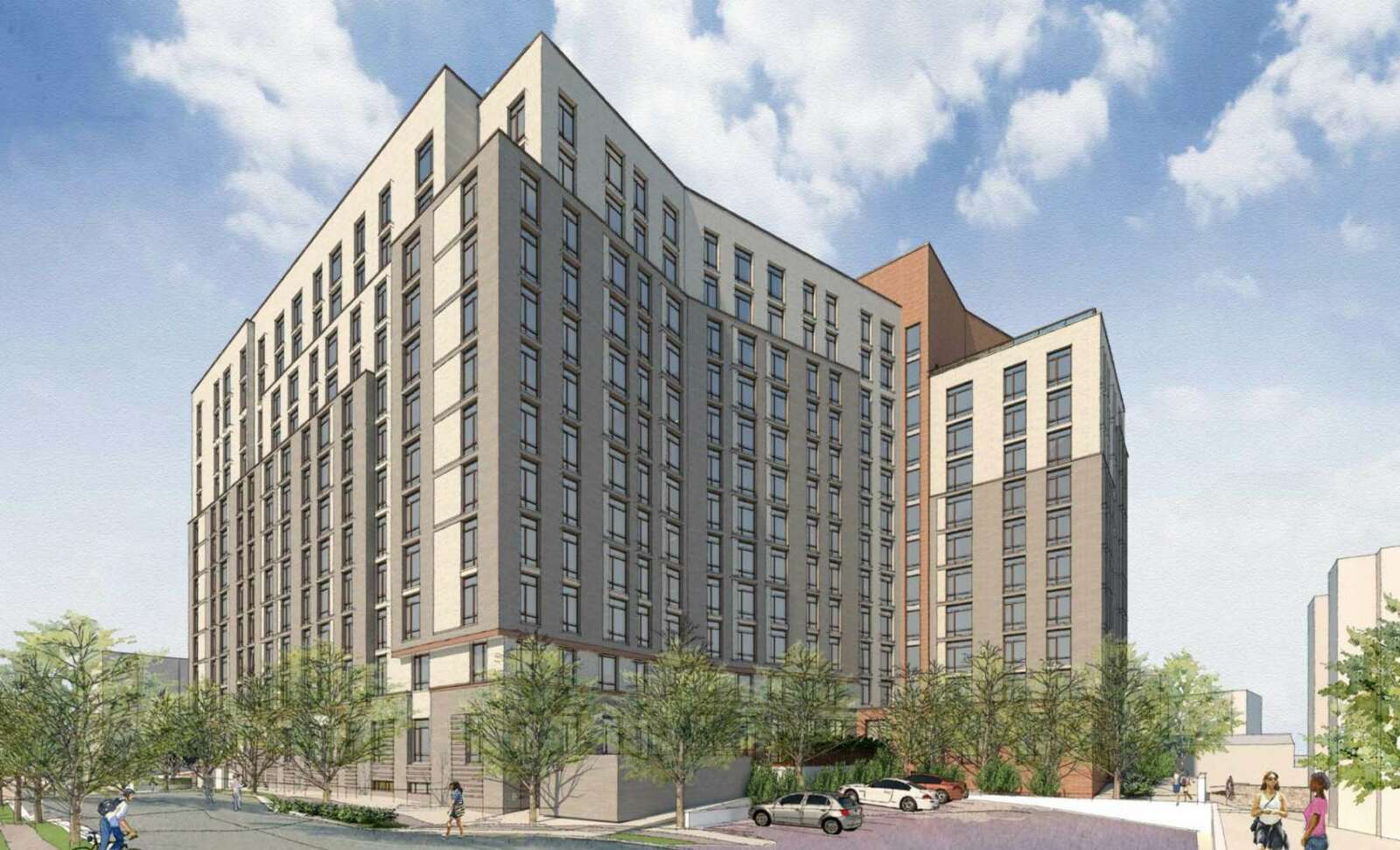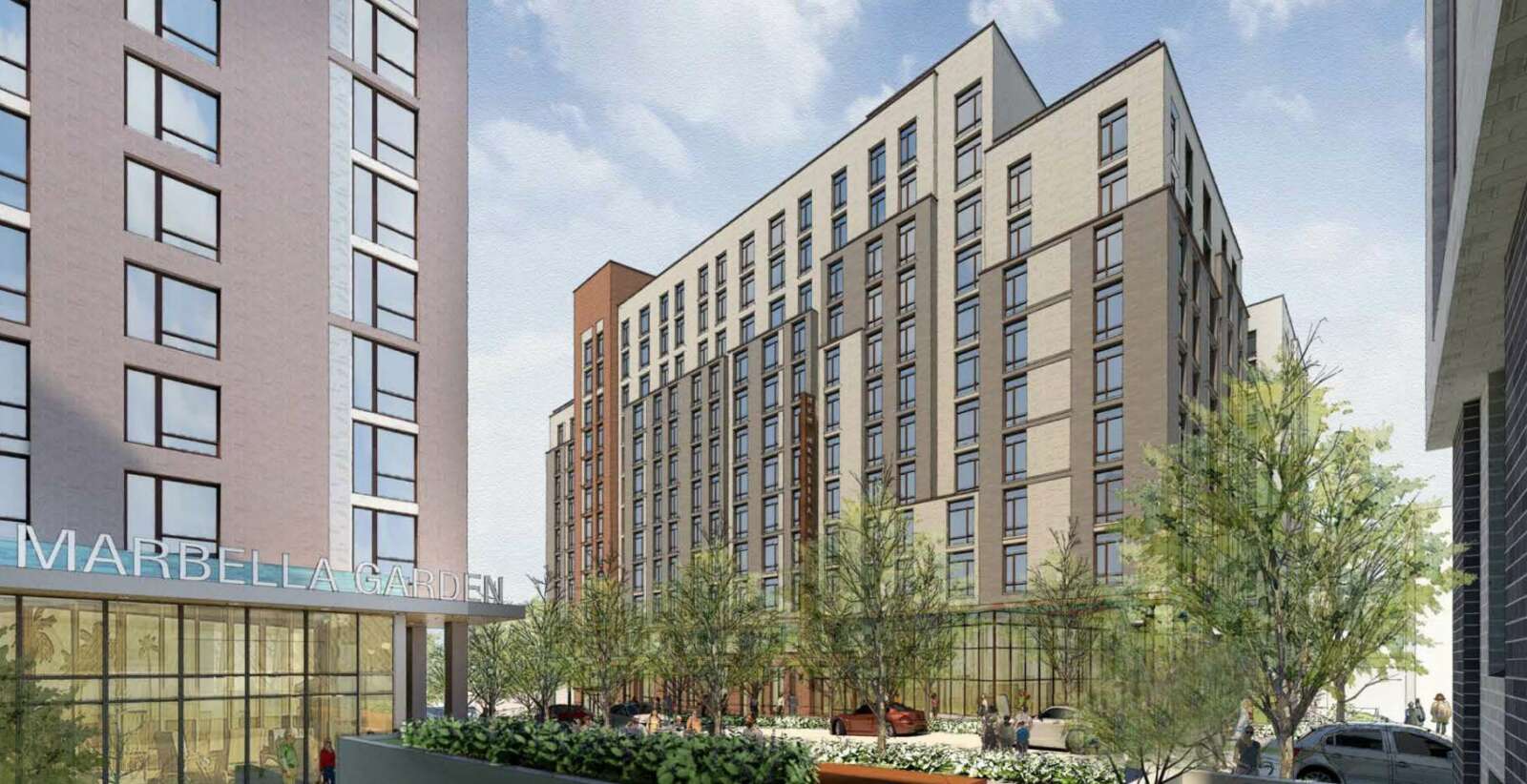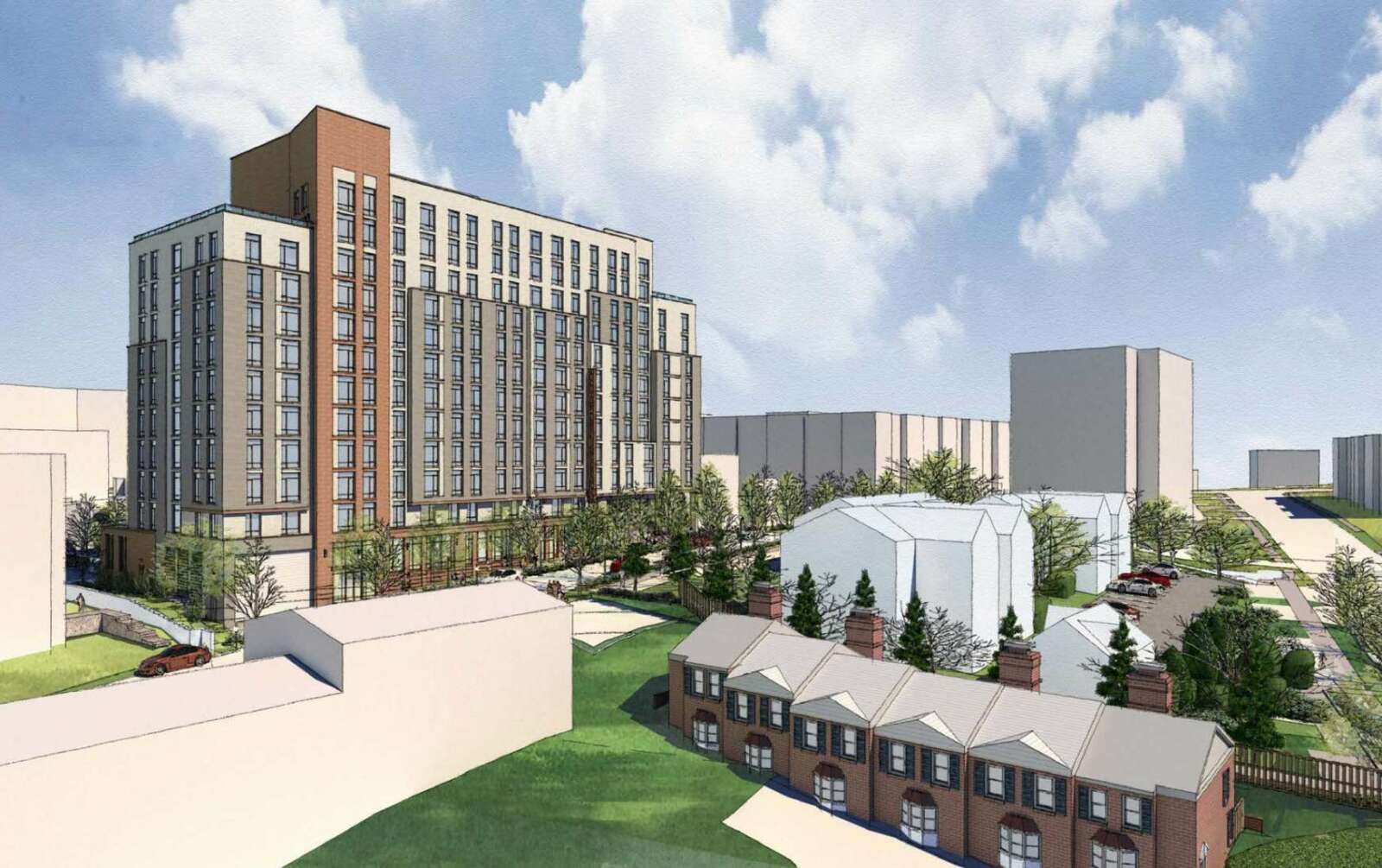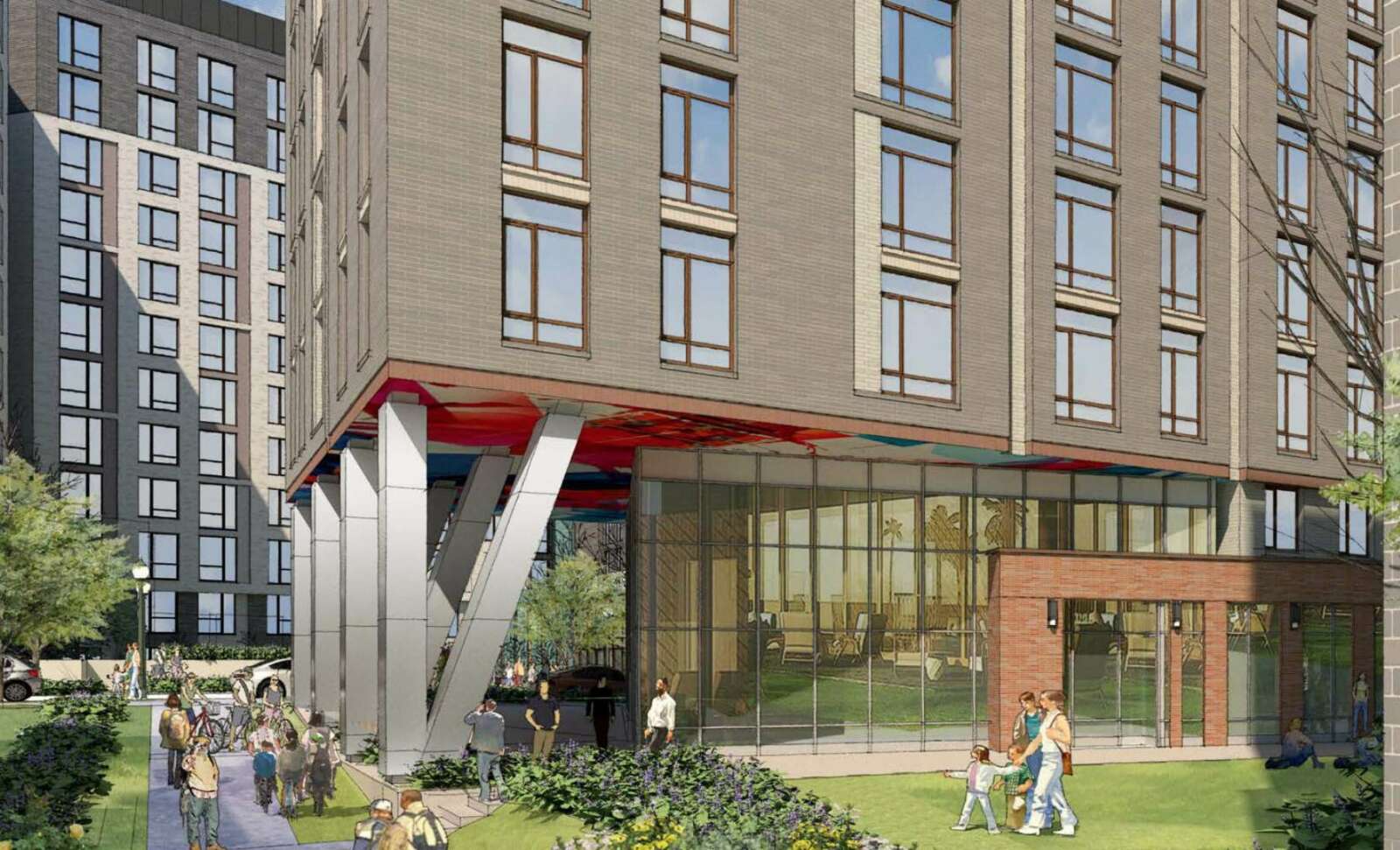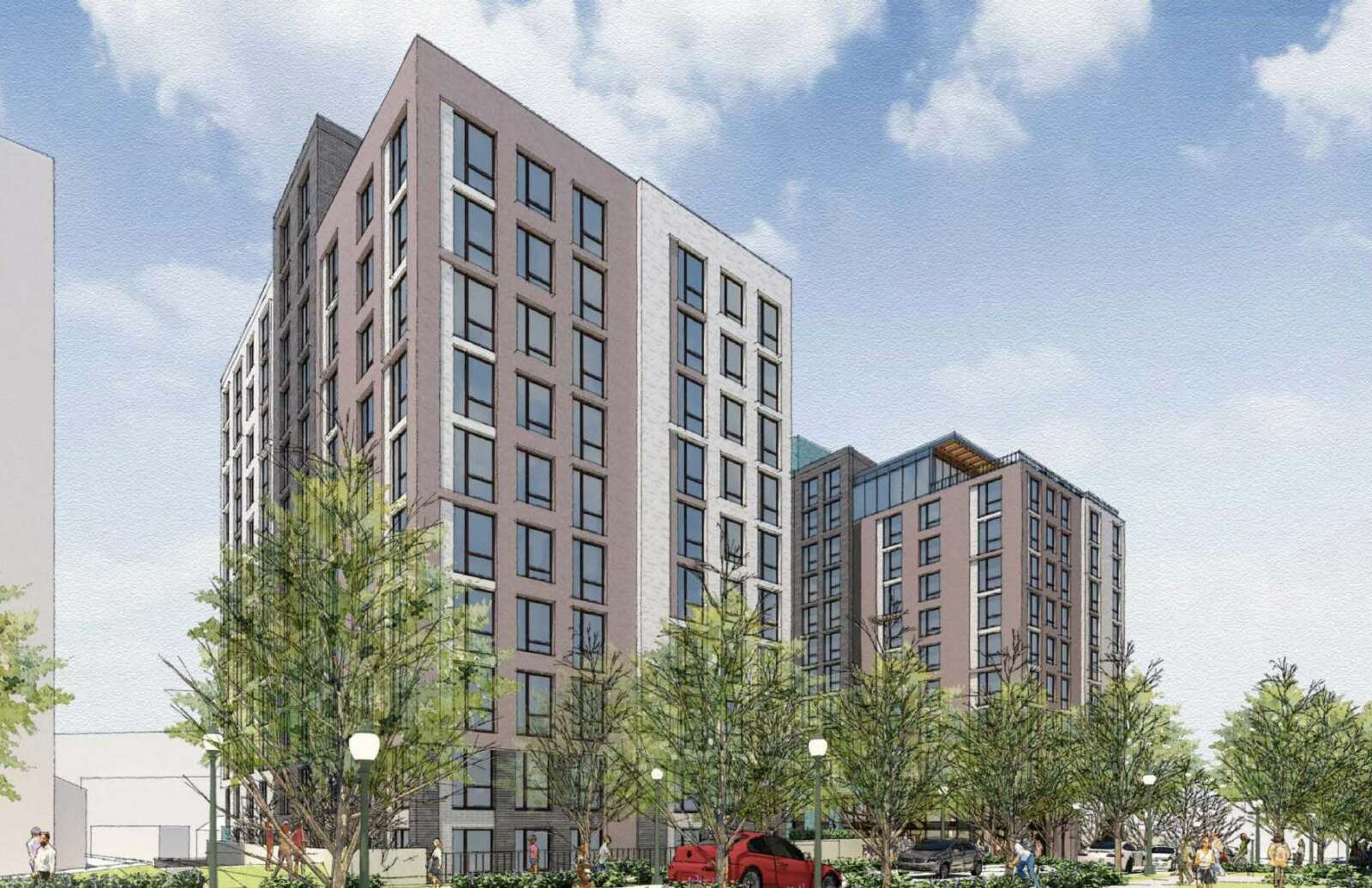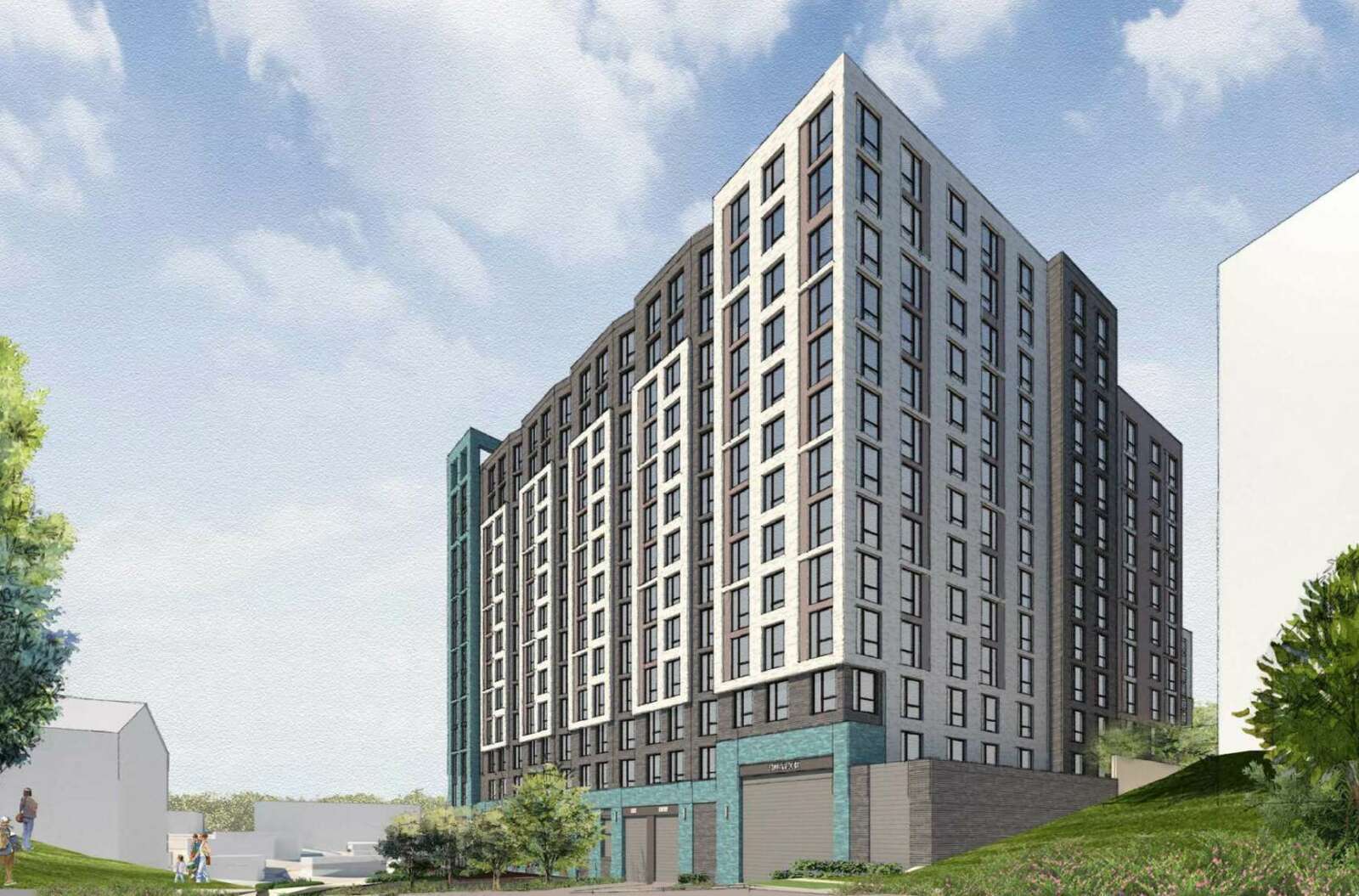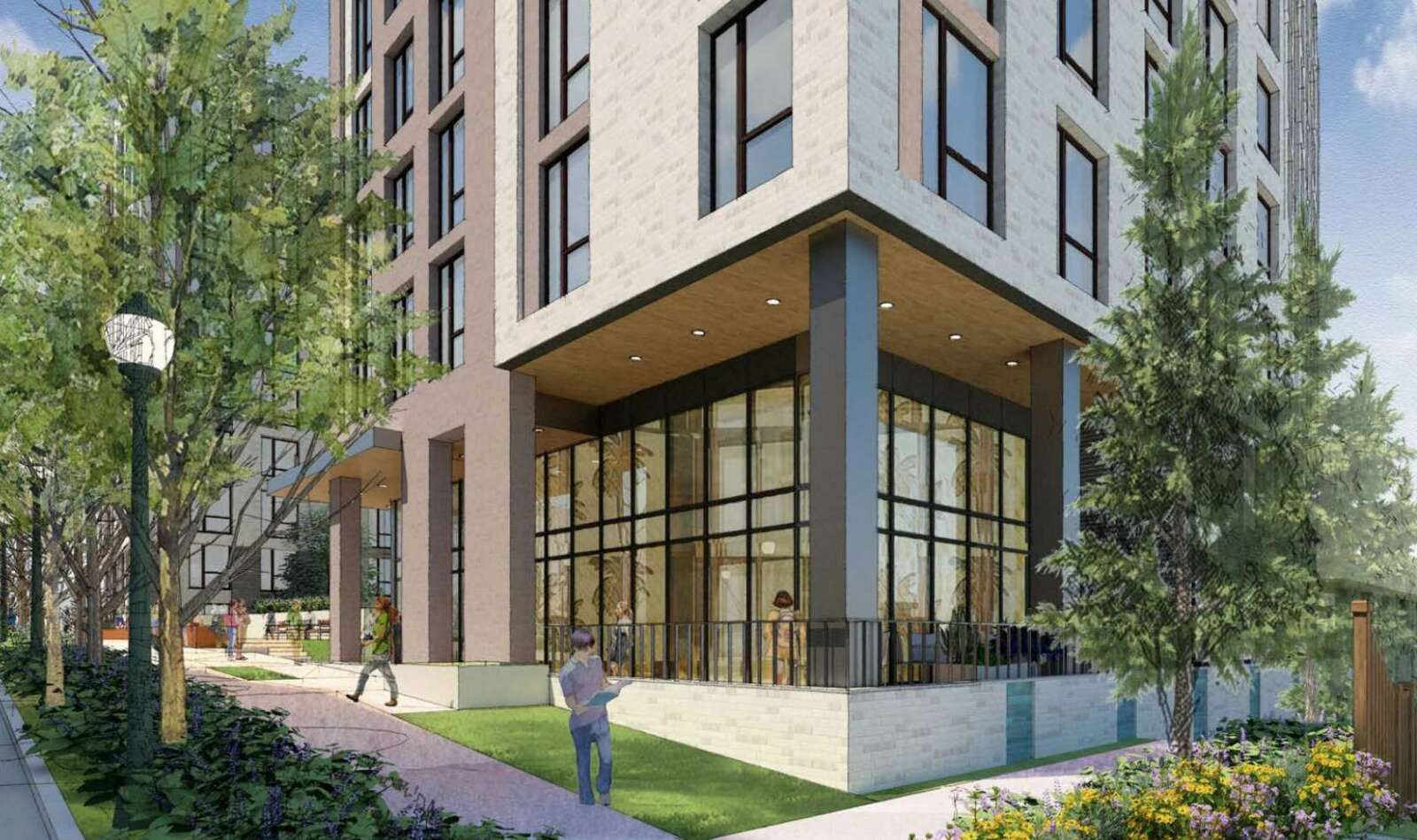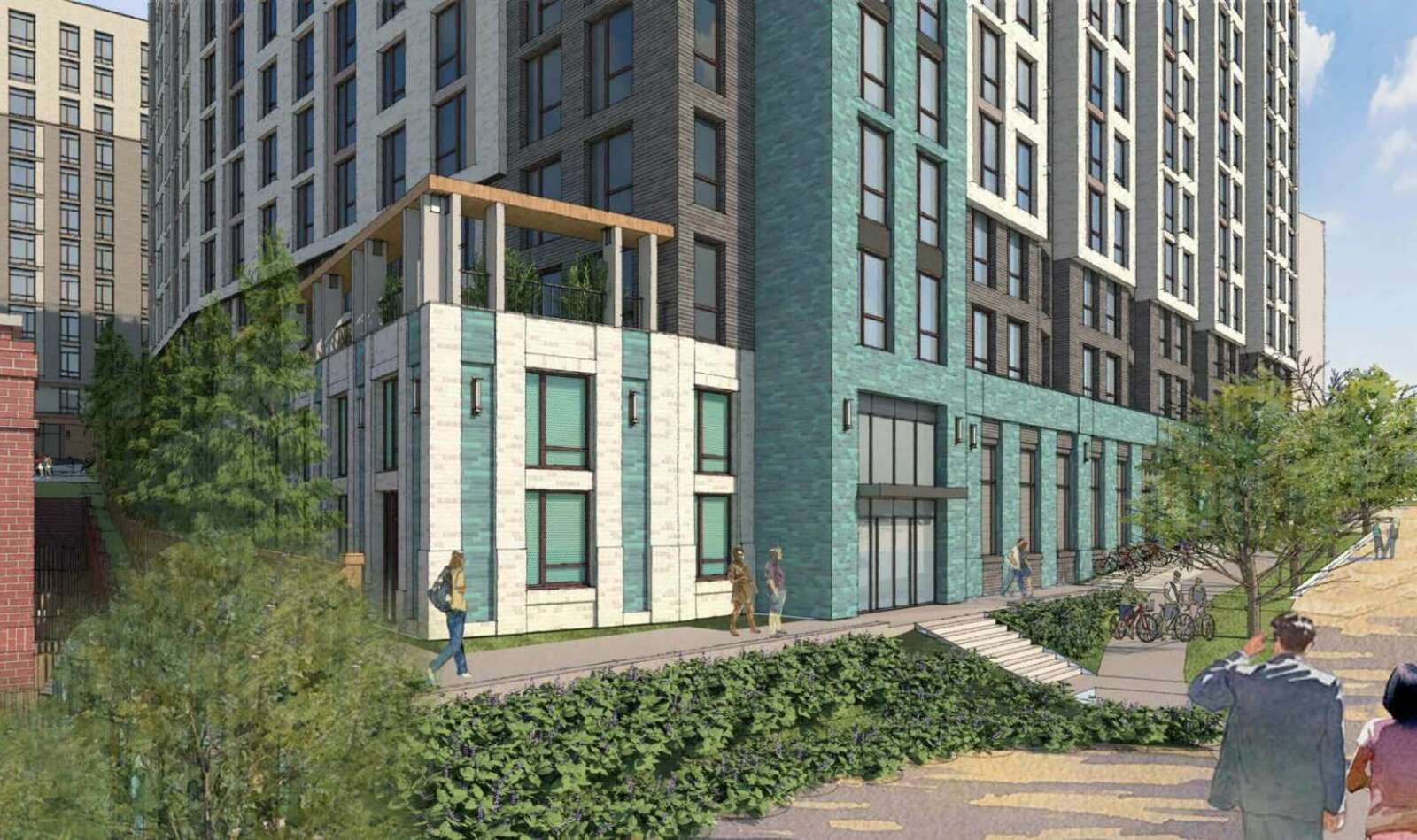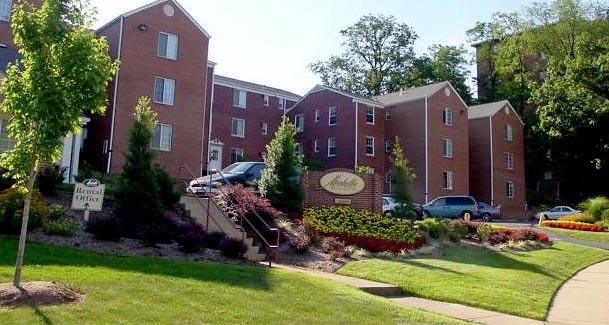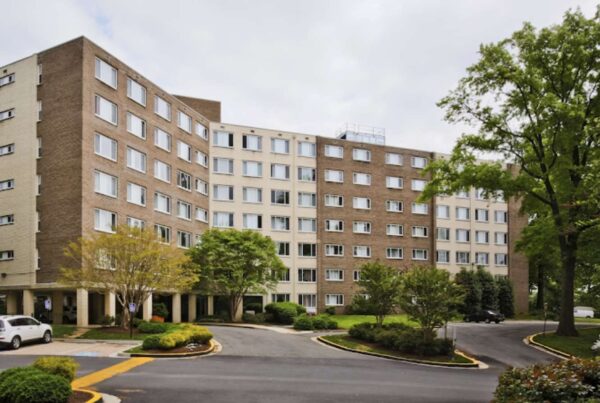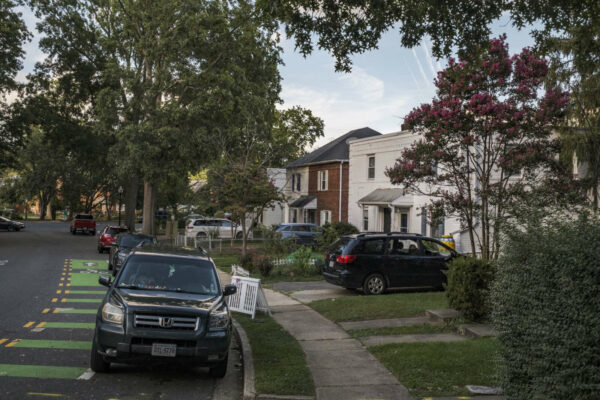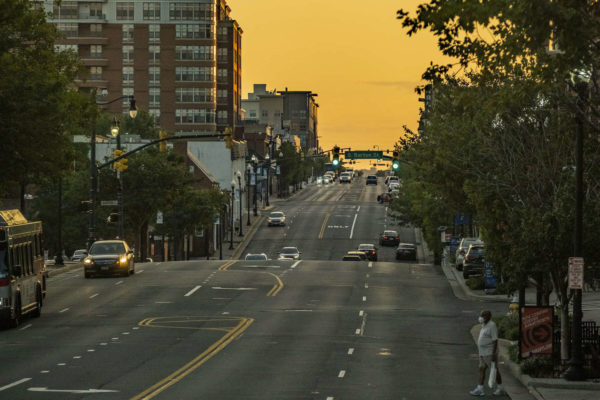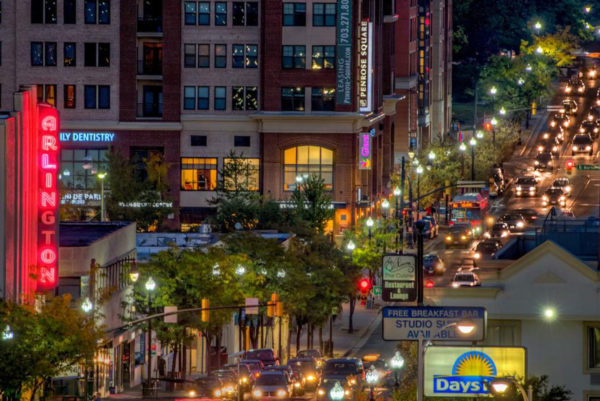The following appeared earlier this week in the ARLnow Press Club’s Early Morning Notes newsletter. Join the Press Club and help support more local reporting in Arlington.
This week, the County Board got another update from tenant advocates and property owner AHC, Inc. about the ongoing work to improve the physical conditions at the Serrano Apartments as well as their tenant-landlord relationship.
Seven months ago, residents went public with accounts of rodents, mold and shoddy maintenance that they had endured for years. In the ensuing weeks, the County Board instituted regular updates from residents and affordable housing nonprofit AHC to keep tabs on the work being done to improve life at the Serrano.
Both parties say physical conditions have improved. Inspections are complete, everyone has either moved back to the Serrano or into a new living situation and AHC is still seeing administrative changes after the retirement of CEO Walter Webdale: two more retirements, six new members of the Board of Directors, including two AHC apartments residents, and an ongoing CEO search.
“We have been continuing to make strong progress together with tenant advocates and residents,” said interim AHC CEO Susan Cunningham. “We continue to be focused on making sure our most affected households from some maintenance issues at the Serrano last year are able to be back in secure and comfortable homes.”
But tenants say trust is still lacking — especially when it comes to insurance claim-like process AHC has set up to reimburse residents for property damage caused by its neglect.
For claims settled without mediation, residents are accepting one-third or less than what they estimated was the dollar amount of property damage (which in most cases was under $15,000), said Elder Julio Basurto. He argued that AHC, in undercutting what residents claim is due, re-victimizes them.
“[AHC] can hide behind insurance adjusters. They’re telling residents, ‘If you don’t like it, go to mediation — go to court,” said Basurto. “We ask that you [the County Board] be involved to stop the re-traumatizing, the re-victimizing of these residents.”
If the claims issue can’t be resolved, tenants can choose mediation. But they need a lawyer. Both parties do.
For a company like AHC, Cunningham says getting a lawyer preserves the integrity of the process. But for the folks Basurto represents, “lawyering up” means getting entangled in a process that they may not have the means, command of English, bandwidth or legal status to do.
During the meeting, County Board members spent some time parsing out these differing dynamics. Ultimately, members said they can’t really do anything to modify this legal process. What I took away from this conversation was that residents believe the parameters of an in-court mediation systematically disadvantage people seeking relief, and the County Board wanted to establish that the steps AHC was taking to right things could have unintended negative consequences.
This tension points back to the lack of out-of-court mediation options for tenant-landlord disputes in Arlington County, an issue that ARLnow columnist Nicole Merlene first brought to my attention earlier this year. She talked about the Tenant-Landlord Commission’s work to reinstate some kind of out-of-court, county-run mediation process after the county defunded one years ago.


